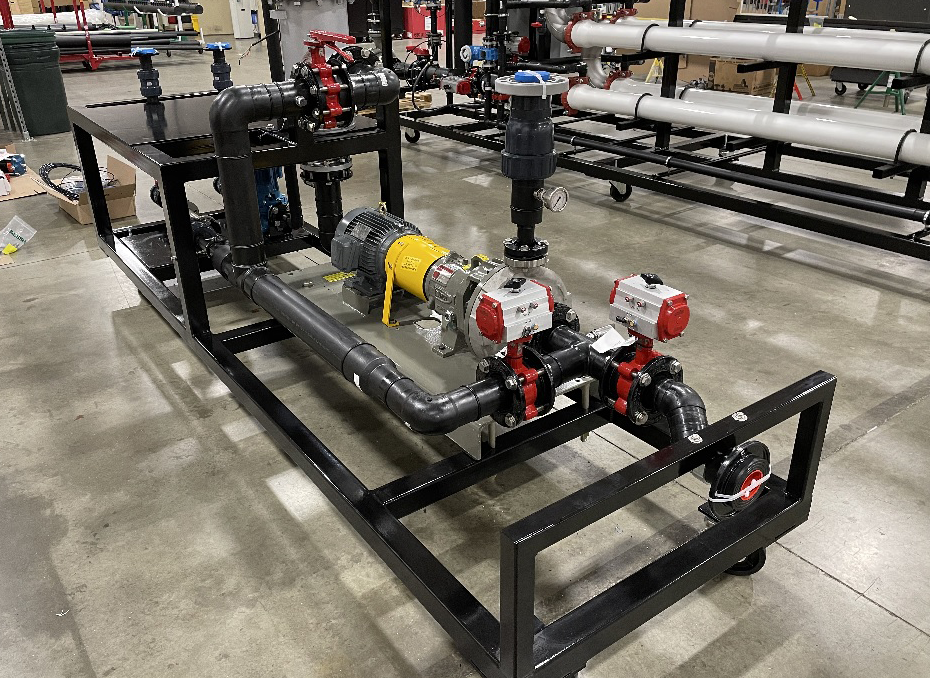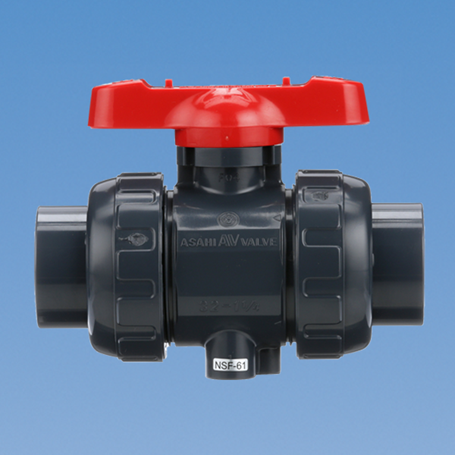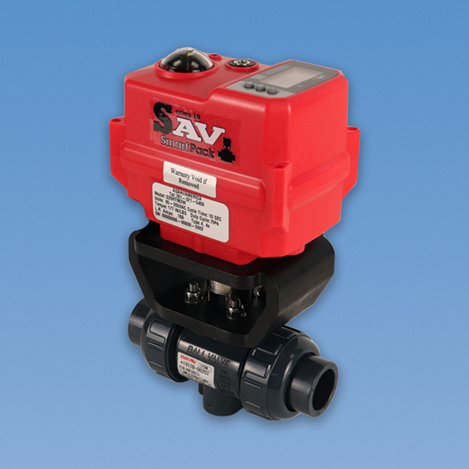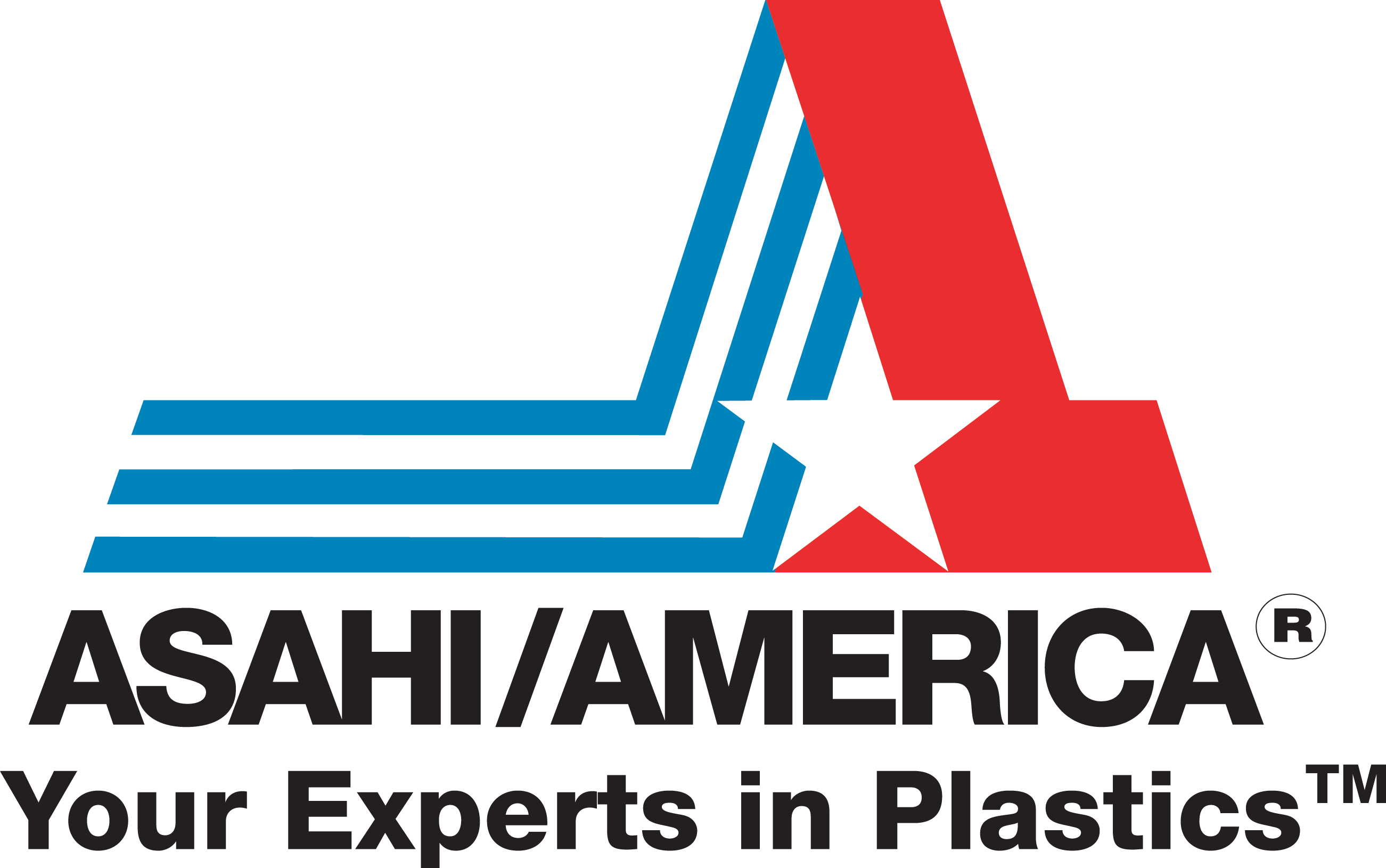

August 1, 2023
Inner Circle
Thermoplastic Valve and Piping Options Widely Used in the Food and Beverage Industry
Contributed by Pat Higgins, Business Development Manager (Life Sciences, Food & Beverage, and Lab)
The Use of Performance Plastics in Food and Beverage Processing
Due to its inherent advantages, performance plastics are utilized in a wide range of applications in the food and beverage industry. These applications include the transport of drinking water, wastewater, and chemicals. Replacing stainless steel process components such as piping, valves, filter housings, and tanks with plastics is becoming more common as the benefits of plastics become more recognized in various industries.
The Craft Beer Industry
For example, commercial craft brewers have used plastic vessels for fermentation as an economical alternative to stainless steel. A fermenter, in regard to brewing beer, is a vessel that brewers use to convert the wort into alcohol. Wort is the mixture of water and grains that has been boiled by the brewer. Fermentation is carried out by adding yeast to the wort.
Plastics have also been used in yeast recovery systems as part of the beer brewing process. Yeast from one fermentation needs to be recovered and used to manufacture the next. High-density polyethylene (HDPE) has been used as a replacement for stainless steel in yeast recovery systems. HDPE is an excellent choice for this application, given its material properties and the advantages it offers over stainless steel (1):
- Low cost: HDPE material cost, including pipe and molded fittings, are less expensive than stainless steel.
- Light weight: HDPE materials are lighter weight than stainless steel, resulting in lower shipping cost and less labor-intensive installation.
- Resistance to Microbial Contamination: HDPE has antimicrobial properties making it an ideal choice over stainless steel.
- NSF-61 Certified: HDPE is NSF-61 certified, so it is safe for potable water applications.
- Corrosion Resistance: HDPE is chemically resistant, abrasion resistant, compatible with salt water and will not rust, scale, pit or corrode.
- Chemical compatibility: HDPE offers similar or better chemical compatibility as compared to stainless steel.
HDPE pipe and fittings can be joined by thermal fusion to create application specific pipe spools. Thermal fusion welds form leak-free joints, which are as strong, or stronger than the pipe. Pipe spools can be further integrated into higher level skid assemblies as shown in the below picture.

Thermoplastic valves, such as ball, butterfly, check and diaphragm valves, are also installed in the food and beverage processing. Valves are offered in a variety of body materials to suit specific applications. Commonly used thermoplastic materials include PVC, CPVC, PP, and PVDF.

Plastics can be can be grouped into different categories according to their chemical makeup. There are vinyl materials, including polyvinyl chloride (PVC) and chlorinated polyvinyl chloride (CPVC), which are often the typical material for chemical transport as they are well accepted and widely available. Polyolefins, such as polyethylene (PE) and polypropylene (PP), are another group of thermoplastics.
PE is also readily available and well regarded in many applications, like gas distribution and water supply. PP is considered an ideal choice for many applications with varying pH levels as it handles acids and bases very well. Fluoropolymers make up the final group of thermoplastic materials. Fluoropolymers are high molecular-weight thermoplastics that offer incredible chemical resistance for strong acids. Polyvinylidene fluoride (PVDF) is a particularly good material for transporting acids.
In craft beer brewing, PVC ball valves provide an economical solution and offer excellent corrosion resistance. Ball valves are typically quarter turn valves with hyperbolic flow characteristics, low pressure drops, and reliable sealing. They utilize a rotary ball with a bore where turning the ball a quarter turn can stop the flow of a fluid and are widely used in on/off applications. Ball valves are excellent for use in clean fluid service applications with very little to no suspended solids. Valves with a true union design can be lifted from the line without having to move the piping simply by loosening union nuts. Cost of ownership is further enhanced as the valves can be disassembled and updated with replacement parts.

Actuation: Ball valves and butterfly valves also have the option to be pneumatically or electrically actuated. Actuators remotely control the opening and closing of valves for increased automation and process efficiency. In the food and beverage industry, pneumatic and electric actuators are the primary types of actuation methods used.
Pneumatic actuators are powered by compressed air while electric actuators are powered by a motor and gear train. Electric actuators are frequently used for ball valve automation. Electric actuators are powered by a motor and when supplied with voltage, it engages a gear train which produces the torque necessary to open/close the ball valve. Electric actuators provide an energy-efficient, clean, and quiet method of valve control. Actuators can be bought and assembled with a valve as a package or as a separate unit and added onto an existing quarter-turn valve.
The Food Processing Industry
Various chemicals are required in food processing. Sodium hydroxide, or commonly referred to as caustic, is frequently used to clean food processing or dairy equipment as a clean-in-place (CIP) step. CIP is an automated method for the periodic cleaning of interior pipe surfaces, fittings, tanks and other equipment without major disassembly to save time and cost.
For the transport of caustic chemicals within a food processing plant, polyethylene or polypropylene piping is an ideal solution. Properties of polyethylene and polypropylene include chemical resistance, corrosion resistance, impact resistance, ductility, creep rupture strength, pressure load resistance and exceptional weldability.
Dual containment piping systems provide an additional safety factor for caustic chemicals. The internal pipe is referred to as the carrier pipe and the external pipe as the containment pipe. Dual containment piping protects against the remote chance of a leak in the carrier pipe transporting the chemical. Options including leak detection can also be incorporated.
Heat fusion is commonly used to weld dual containment piping systems. This is the process of heating the thermoplastic to a molten state and pressing two components together to form a molecular bond. Heat fusion creates one homogenous pipe so there is no separation between the two components, which is one of the many advantages to this welding method. Butt fusion is the standard method of joining polyolefins and fluoropolymers because there is no size limitation and it offers the strongest joints for the most demanding applications. The principle of butt fusion is to heat two surfaces to a molten state, make contact between the two surfaces and then allow the two surfaces to fuse together by application of force. The force causes the flow of the melted materials to join. When cooling, the two parts are united. Nothing is added or changed chemically between the two components being joined. Dual containment piping systems that are fully restrained and consist of the same carrier and containment materials can take advantage of the simultaneous butt fusion method. Simultaneous fusion allows for the quickest and easiest installation by conducting the inner and outer weld at once.

Performance plastic valve and piping systems are increasingly applied in food and beverage processing as an alternative to stainless steel. They offer many benefits compared to stainless steel including low cost, corrosion resistance, and chemical compatibility. Plastics are also lighter in weight, available in a wide range of materials, and joined via various joining methods to help designers meet their application requirements.
(1) Information obtained for Performance Plastics Institute’s (PPI) PE Handbook
Please note: this article was originally published by Asahi/America in the International Association of Plastics Distributors (IAPD) Magazine, Performance Plastics, in May 2023. To view the article, visit our technical articles library.
EDITOR’S NOTICE: Please note, the information in this article is for educational purposes only and does not supersede any Asahi/America technical information or product specifications. Please consult Asahi/America’s technical department at 1-800-343-3618 or pipe@asahi-america.com on all product applications in regards to material selection based on the pressure, temperature, environmental factors, chemical, media, application, and more.
